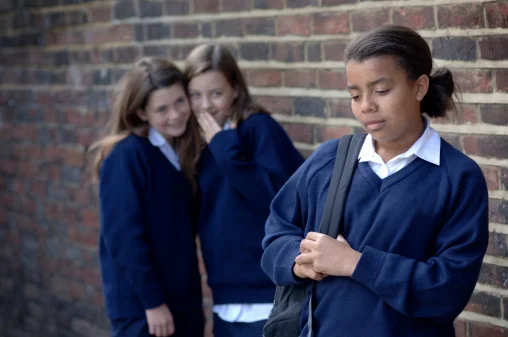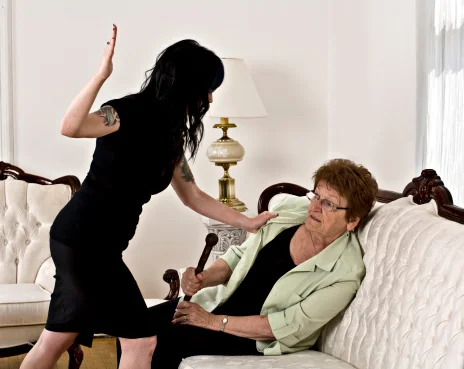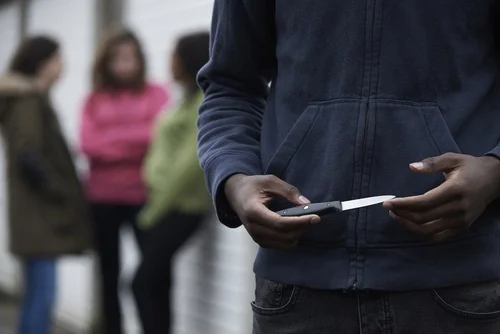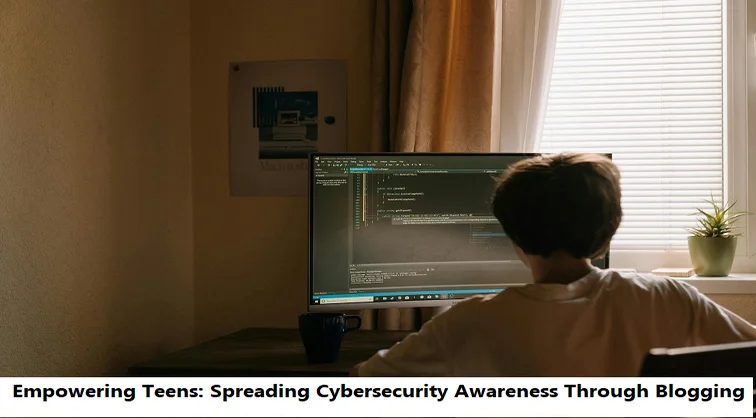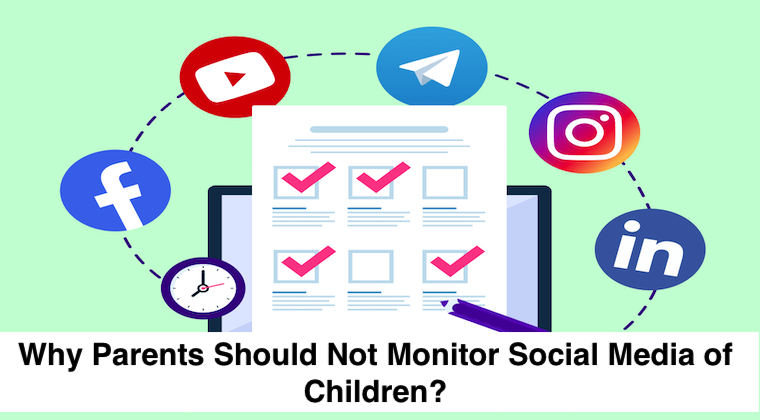+1 845 259 2974 (11 a.m to 7 p.m CST)
How epidemic bullying affects kids around the world
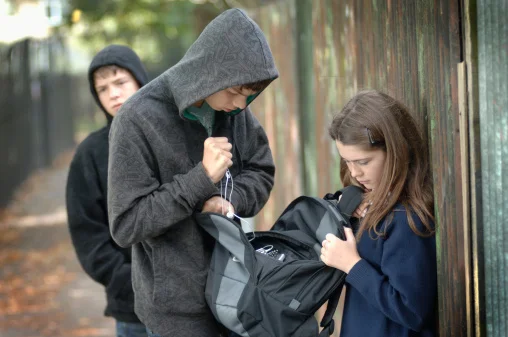
Bullying is an activity not associated with any specific culture or nation, rather it is found in countries all round the world. Some countries may suffer more than others but bullying around the world is a common phenomenon. Similarly, every country is finding ways and building strategies to find out the solution to how to prevent bullying in their schools, playgrounds, homes and neighborhood.
Following are some interesting facts and statistics about different forms of bullying in schools around the world.
Japan and South Korea
Physical violence is not the favorite tool of bullying among peers at a school. In Japan and South Korea, bullying is more on a social level, where peers group together to discriminate and boycott the student being bullied. In Japanese verbal, physical or social bullying is called Ijime.
Indonesia
Bullying in schools has always been a major issue for Indonesian kids, teachers and parents alike. What has changed is the way it is being conducted now, say the experts. Indonesia has the fourth largest population in the world, and it is also one of the most socially networked online. There are 64 million Indonesian users on Facebook, making it the third largest community on the social networking site, while 15% of world’s tweets are generated from this country.
A recent poll, conducted by Reuters, showed that Indonesian children are among the most cyberbullied.
Nordic countries
Nordic countries are always found on the forefront in finding solutions to social issues and epidemic affecting the society. It wouldn’t be an exaggeration to consider their society as a model for developing and other developed countries. Countries in the Nordic belt have given equal attention to developing anti-bullying measures, which are considered as standard for other societies.
Norwegian researcher Dan Olweus has developed the most popular bullying prevention program that focuses on the education, training and rehabilitation of both bullies and victims. Another anti-bullying study is gaining popularity among bullying experts around the world. Generated in Finland, the program KiVA follows an all inclusive strategy involving students, teachers, parents and bystanders. This program is also being adopted by anti-bullying experts in U.S.A.
North America (Canada and United States)
North America follows a zero tolerance policy regarding bullying in academic institutions. As compared to Europe and Australia where bullying in schools is regarded as an educational problem and training and professional help is provided as a solution, in U.S.A the focus is primarily on controlling and punishment. Experts believe this zero tolerance policy may not be working for the school kids in North America. The glaring example is the increase in incidents of teenage violence in schools.
A new legislation in Ontario requires schools to punish offenders as well as to federal legislation that calls for “harsher and lengthier sentences for young offenders”. Canadian experts have argued that if the policies require schools to expel the offenders and put them through the criminal justice system, then where is the educational training and learning of these kids.
Sources:
Latitude News, “What country has the most bullies?”
The Jakarta Globe, “Indonesian Children Among Most ‘Cyberbullied’ in World: Poll Indicates”



